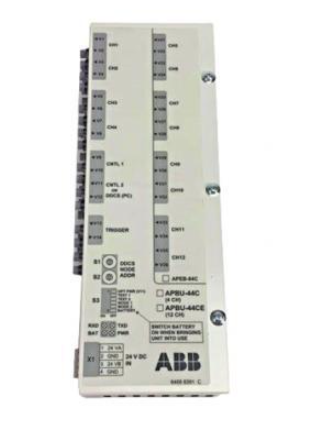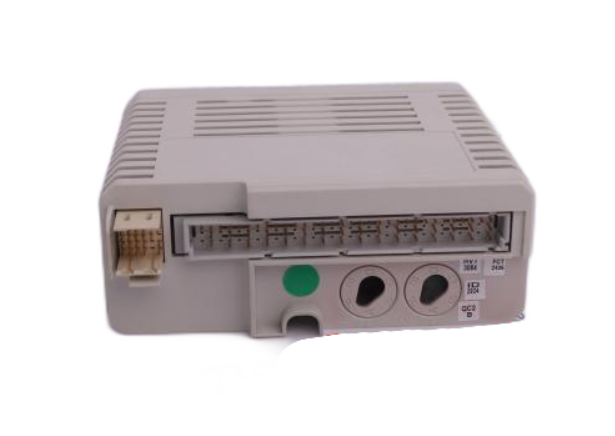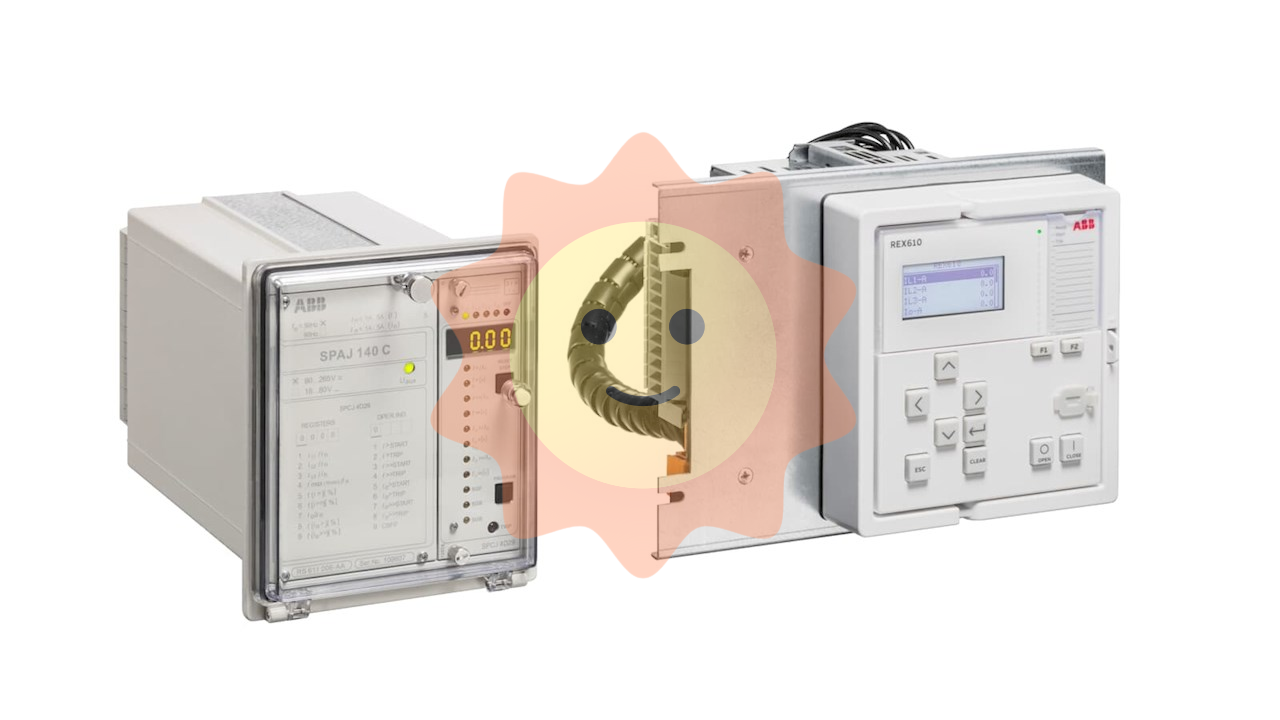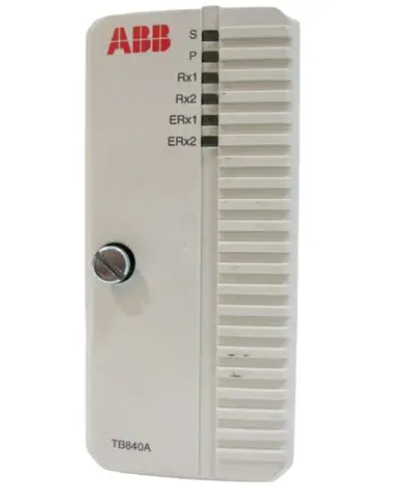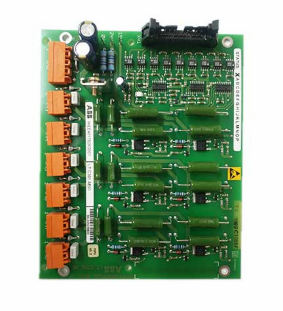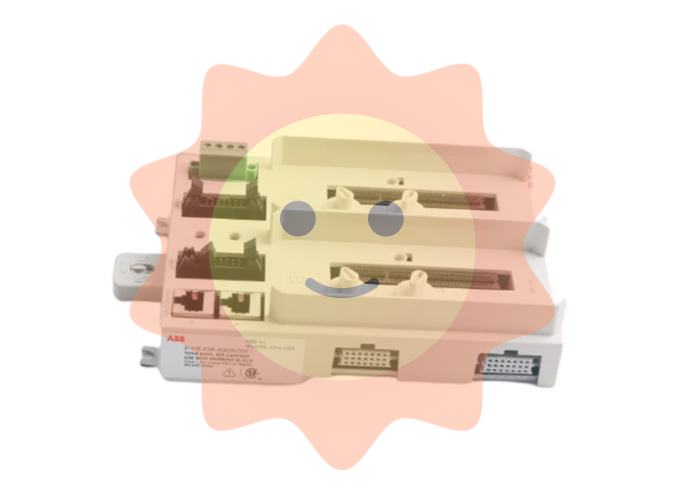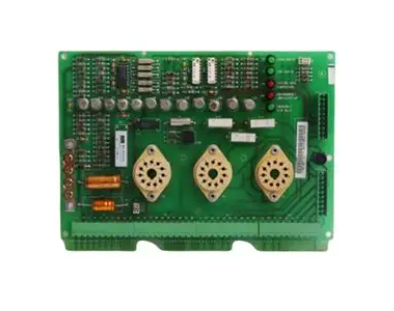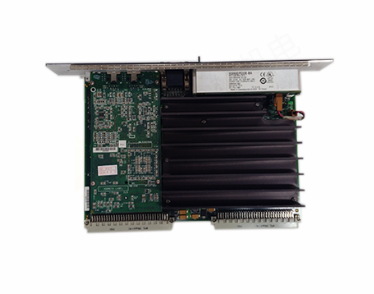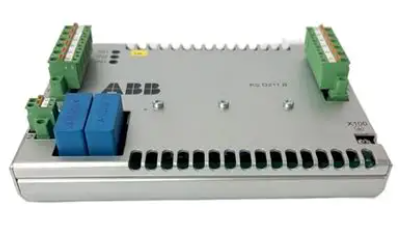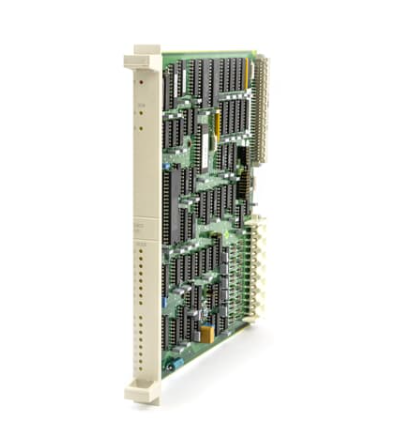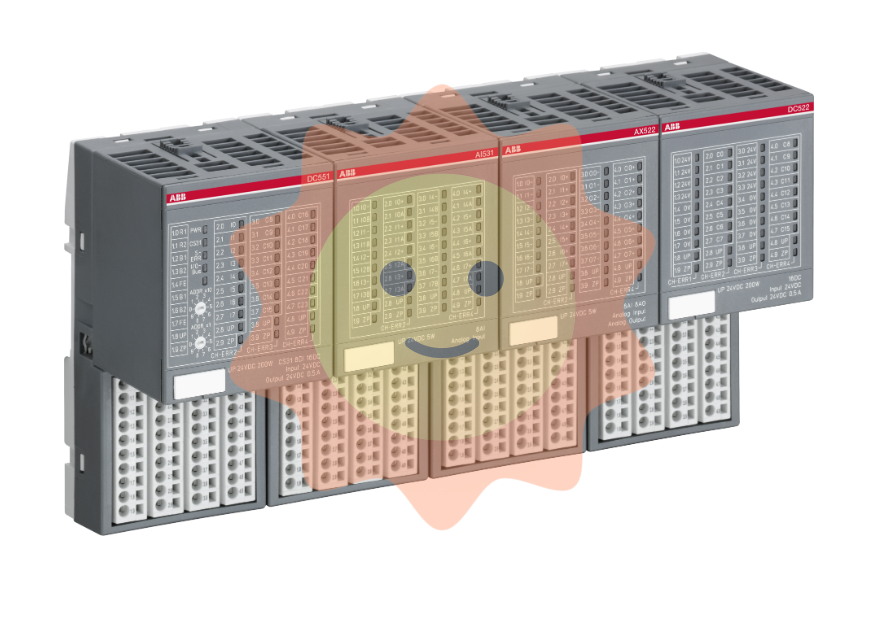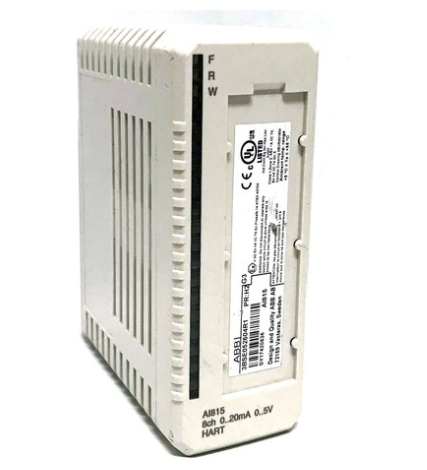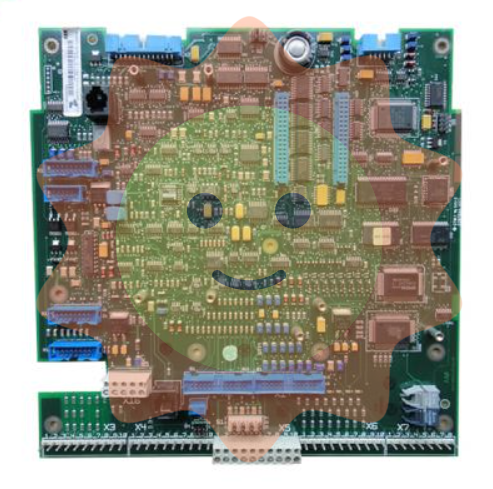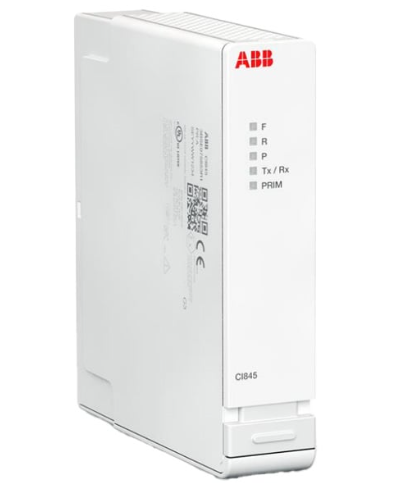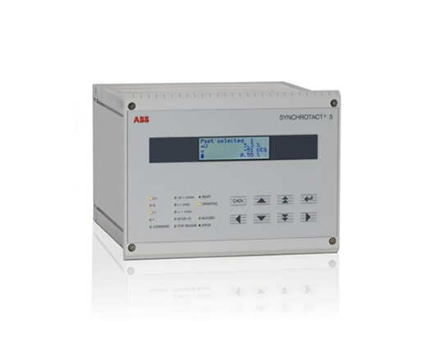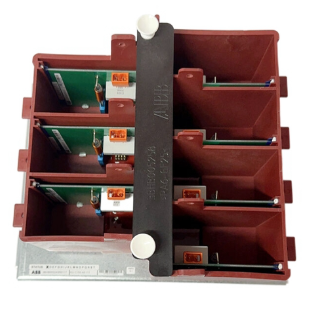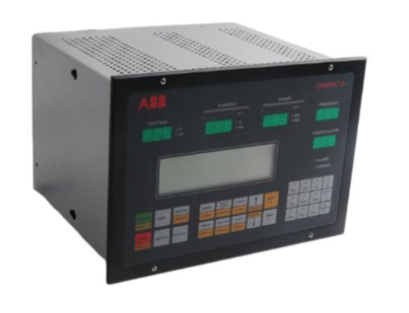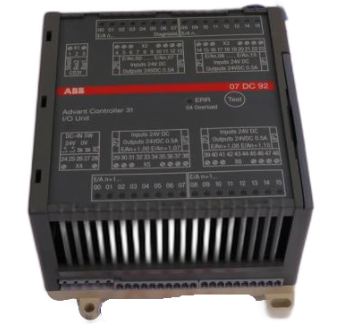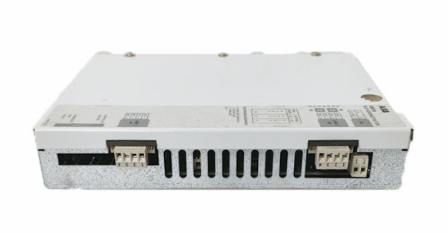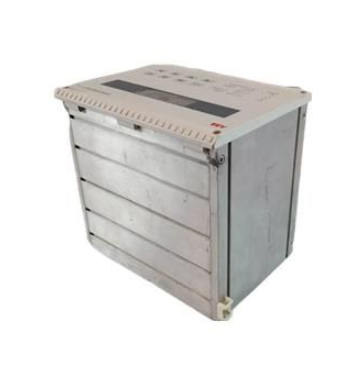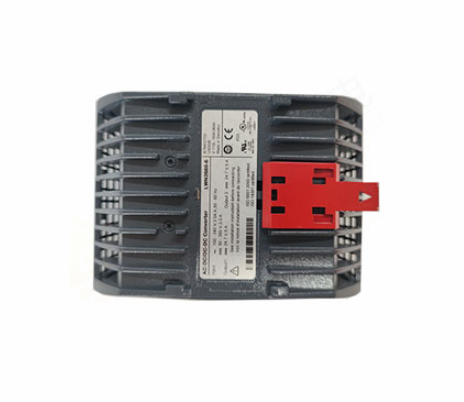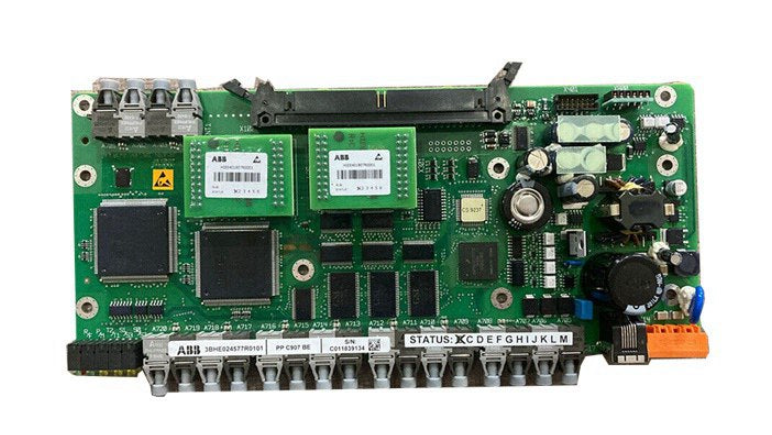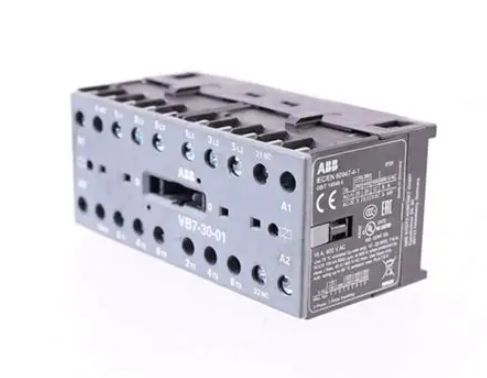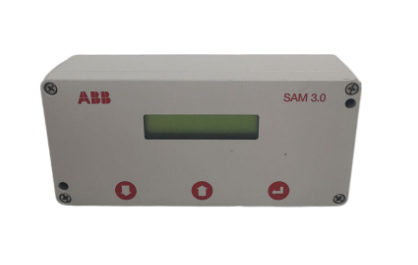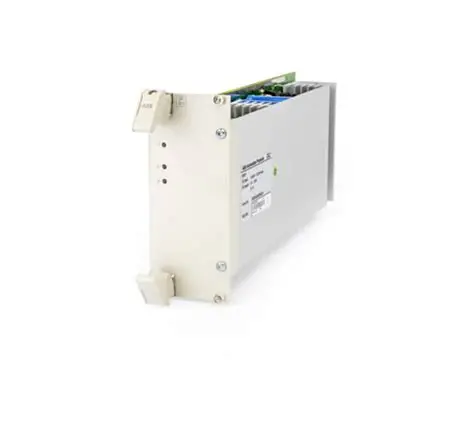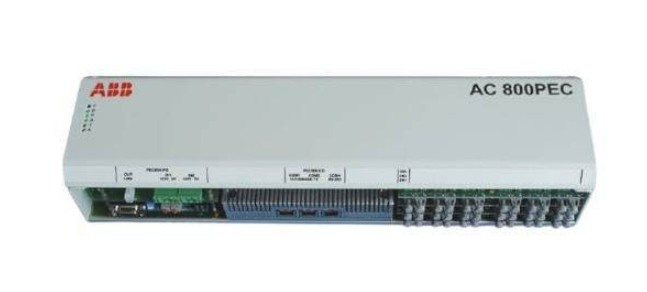Working principle of ABB RET 541/543/545 transformer terminals
Working principle of ABB RET 541/543/545 transformer terminals
RET 541/543/545 Transformer Terminal is a multifunctional protection and control device launched by ABB, mainly used for the protection, control, measurement, and monitoring of double winding power transformers and generator transformer units. Its working principle is based on four core links: data acquisition, logic processing, communication interaction, and execution control, combined with the characteristics of the power system to achieve precise protection and automation management. The following is a detailed analysis of the working principle:
Data acquisition and signal processing
Analog quantity acquisition
Real time collection of electrical quantities such as three-phase current (I ₁, I ₂, I ∝), neutral current (I ₀), phase voltage (U ₁, U ₂, U ∝), and zero sequence voltage (U ₀) through built-in current/voltage transformers (CT/PT) or external sensors.
The analog signal is converted into a digital quantity by an analog-to-digital converter (ADC) with an accuracy of ± 1%. It supports fundamental and harmonic analysis (such as 2nd harmonic braking to prevent excitation inrush current misoperation).
Digital quantity and status acquisition
Connect the position signals (DI) of circuit breakers, isolating switches, tap changers, as well as status signals such as gas pressure and spring energy storage.
Monitor the number of switch actions through a pulse counter, and collect non electrical quantities such as oil temperature and winding temperature through an RTD module (optional).
RET-541-543-545-transformer-terminals
Protection logic processing
Real time analysis of collected data based on predefined protection algorithms and user configurations, triggering corresponding protection actions:
Current differential protection (87T)
Compare the current vectors on both sides of the transformer and distinguish internal and external faults through ratio braking characteristics.
Built in 2nd harmonic blocking and waveform recognition technology to avoid false tripping caused by CT saturation or excitation inrush current.
Overcurrent and ground fault protection
Three stage overcurrent protection: low setting value (NOC3Low), high setting value (NOC3High), transient period (NOC3Inst), supporting definite time (DT) and inverse time (IDMT) characteristics.
Zero sequence current protection (NEF1): detects grounding faults, supports high impedance principle (REF1A) and stable numerical principle (REF4A), and is compatible with different grounding systems.
Abnormal working condition protection
Overvoltage/undervoltage protection (OV3/UV3): Monitor the deviation of three-phase voltage from the rated value, trigger an alarm or trip.
Negative sequence current protection (NPS3): detects unbalanced loads or phase failure faults to prevent motor overheating.
Overexcitation protection (OE1): Monitor transformer core saturation through U/f ratio to avoid insulation damage.
Control and automation functions
Switchgear control
Control the opening and closing of the circuit breaker through the power output contact (PO), supporting local button operation or remote communication commands.
Tap changer automatic adjustment (COLTC): automatically adjusts the tap position according to voltage deviation, supports Master Follower mode (parallel transformer cooperative control), negative reactance principle or minimum circulating current control.
Interlocking and Logic Control
Implement interval interlocking through Boolean logic function blocks (such as AND/OR/timer) to prevent misoperation (such as the operation sequence of circuit breakers and isolating switches).
Support dynamic display of switch status, measured values, and alarm information on MIMIC interface, which can be interacted through HMI or remote SCADA system.
Status monitoring and maintenance
Circuit breaker status monitoring: Record the number of actions, travel time, degree of electrical wear (CMBWEAR1/2), and provide predictive maintenance reminders.
Trip Circuit Supervision (TCS): detects the integrity of the trip circuit through constant current injection to avoid the risk of refusal to operate.
Communication and System Integration
Multi protocol communication stack
Serial interface: Supports SPA, LON, Modbus RTU/ASCII, DNP 3.0, and is compatible with traditional SCADA systems.
IEC 61850 Integration: Connected to the IEC 61850 network through SPA-ZC 400 adapter, supporting GOOSE fast message (transmission delay<3ms) and SMV sampling value sharing, achieving substation level automation.
Data Interaction and Remote Management
Communicate with the station control layer through MMS protocol, upload measurement values, event records (SOE), and fault waveform data (MEDREC16).
Support IEEE 1588 v2 time synchronization to ensure data timestamp accuracy of ≤ 1 µ s across the entire network, meeting the requirements of distributed protection collaboration.
Workflow and Typical Scenarios
Normal operating mode
Continuously collect electrical quantities and status signals, display data in real-time through HMI or communication interface, and report measurement values to SCADA at set intervals (such as 1 second).
- EMERSON
- Honeywell
- CTI
- Rolls-Royce
- General Electric
- Woodward
- Yaskawa
- xYCOM
- Motorola
- Siemens
- Rockwell
- ABB
- B&R
- HIMA
- Construction site
- electricity
- Automobile market
- PLC
- DCS
- Motor drivers
- VSD
- Implications
- cement
- CO2
- CEM
- methane
- Artificial intelligence
- Titanic
- Solar energy
- Hydrogen fuel cell
- Hydrogen and fuel cells
- Hydrogen and oxygen fuel cells
- tyre
- Chemical fiber
- dynamo
- corpuscle
- Pulp and paper
- printing
- fossil
- FANUC
- Food and beverage
- Life science
- Sewage treatment
- Personal care
- electricity
- boats
- infrastructure
- Automobile industry
- metallurgy
- Nuclear power generation
- Geothermal power generation
- Water and wastewater
- Infrastructure construction
- Mine hazard
- steel
- papermaking
- Natural gas industry
- Infrastructure construction
- Power and energy
- Rubber and plastic
- Renewable energy
- pharmacy
- mining
- Plastic industry
- Schneider
- Kongsberg
- NI
- Wind energy
- International petroleum
- International new energy network
- gas
- WATLOW
- ProSoft
- SEW
- wind
- ADVANCED
- Reliance
- YOKOGAWA
- TRICONEX
- FOXBORO
- METSO
- MAN
- Advantest
- ADVANCED
- ALSTOM
- Control Wave
- AB
- AMAT
- STUDER
- KONGSBERG
- MOTOROLA
- DANAHER MOTION
- Bently
- Galil
- EATON
- MOLEX
- Triconex
- DEIF
- B&W
- ZYGO
- Aerotech
- DANFOSS
- KOLLMORGEN
- Beijer
- Endress+Hauser
- MOOG
- KB
- Moxa
- Rexroth


Email:wang@kongjiangauto.com







